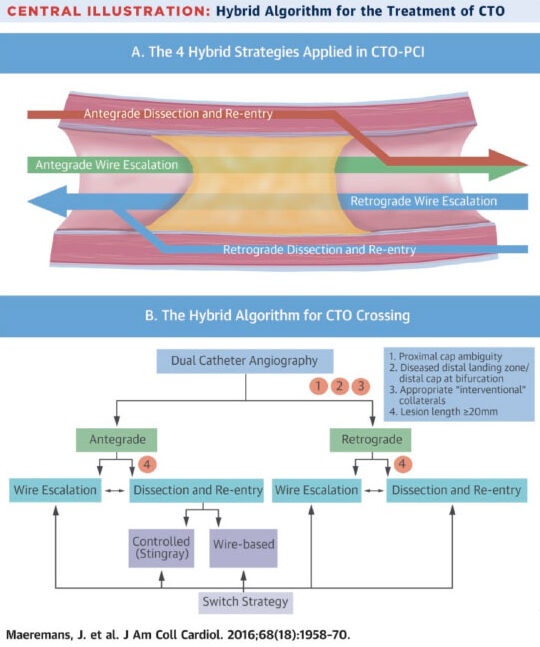Dr Ramy Badawi is your specialst for cto pci hawaii. For more information, please make an appointment with us.
Best CTO doctor in Hawaii
Dr Ramy Badawi is the leading specialist in coronary chronic total occlusions (CTO) and complex higher risk (and indicated) patients (CHIP) procedures in Hawaii. He offers an alternative catheter-based therapy to patients who cannot undergo coronary artery bypass graft (CABG) surgery.
He is the founder of the first coronary chronic total occlusion (CTO) percutaneous coronary intervention (PCI) program in Hawaii. Coupled with the help of CTO pioneers in the field like Dr Dimitri Karmpaliotis, Dr Michael Wyman and Dr William Lombardi they successfully adopted the “hybrid” algorithm.
In 2015 Dr Ramy Badawi performed the first procedure in Hawaii at Queens Medical Center which remains active to date. 3 years later he founded his own company “Cardiovascular Interventions of the Pacific” to promulgate CTO PCI as a procedure throughout Hawaii. Already in 2019 he began offering the procedure at “Adventist Health Castle” where the procedure is now available on a weekly basis. Dr Ramy Badawi is happy to share his time between the two institutions to bring complex coronary procedural experience to both “town” side and “windward” side of Oahu.
Hawaii Wide Cath Conference
Being a pioneer for CTO and CHIP complex coronary procedures in Hawaii Dr Ramy Badawi has also been an advocate for cross-institution collaboration among Hawaii physicians in the field. On a quarterly basis he hosts the “Hawaii Wide Cath Conference” with the goal to encourage dissemination and discussion of ideas in the CTO and CHIP space.
Dr Ramy Badawi remains very active in the field performing cases both nationally and internationally. A main focus is to support other local physicians with complex coronary percutaneous coronary interventions (CHIP PCI) in the state including at Kaiser Permanente, Tripler Army Medical Center and Kuakini Medical Center.
CTO PCI Hawaii
CTO PCI Hawaii
CTO PCI
Coronary Chronic Total Occlusion (CTO) Percutaneous Coronary Intervention (PCI)
A 100% blockage of a heart artery is called a “Coronary Chronic Total Occlusion” (CTO). Historically patients were usually advised they would need open heart surgery, like “Coronary Artery Bypass Graft” or CABG surgery. Primarily because coronary CTO lesions could not readily be treated with less invasive balloon and stent procedures also known as “Percutaneous Coronary Intervention” (PCI). However, the advent of new strategies, for example Hybrid Algorithm, coupled with more sophisticated and purpose built equipment, specifically dedicated antegrade dissection re-entry Stingray balloons, antegrade and retrograde wires and microcatheters, has seen a marked improvement in the success rate of CTO PCI. Up today the success rate has now approached 80-90% compared with a historical success rate of 55% only a decade ago.
Nevertheless, CTO PCI is associated with a higher level of complexity. Primarily due to the need to first create a channel across a segment of artery that has been 100% closed for a long time. Consequently this usually requires a combination of strategies to chisel a path for the advancement of wires, then balloons and eventually stents.
CTO PCI Hawaii
CTO PCI Hawaii
Hybrid CTO PCI
The “hybrid” CTO PCI strategy was first described by ‘Brilakis et al 2012’. At first it outlines an algorithmic approach using angiographic anatomical features to integrate antegrade and retrograde strategies to restore flow across the CTO. Since the introduction of this Hybrid Algorithm several other algorithms have been described as well as numerous approaches to scoring the complexity of the anatomy to help plan the procedure.
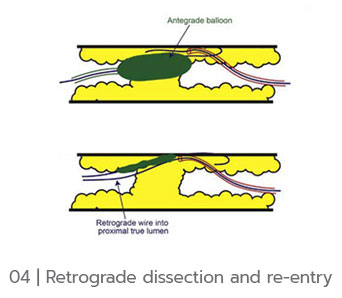
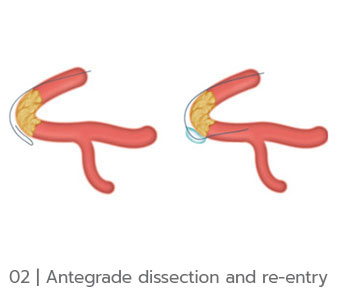



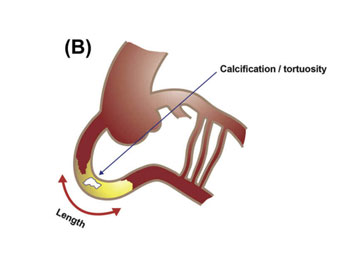

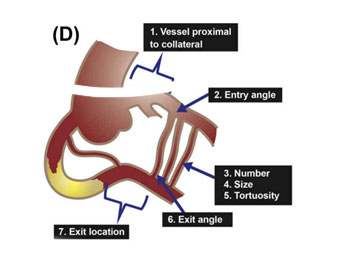
CTO PCI Hawaii
Antegrade wire escalation
The effective tip load of a wire is dynamic
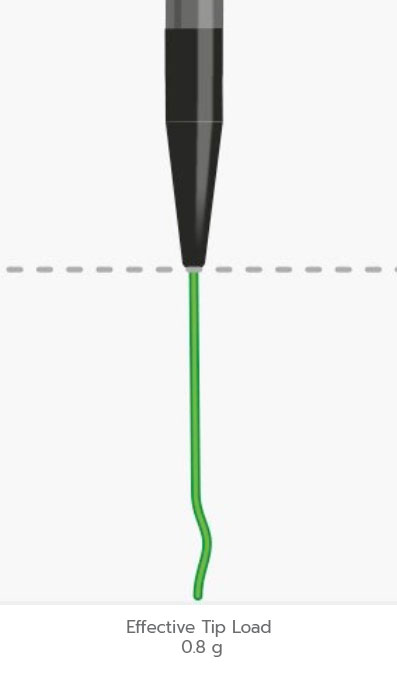
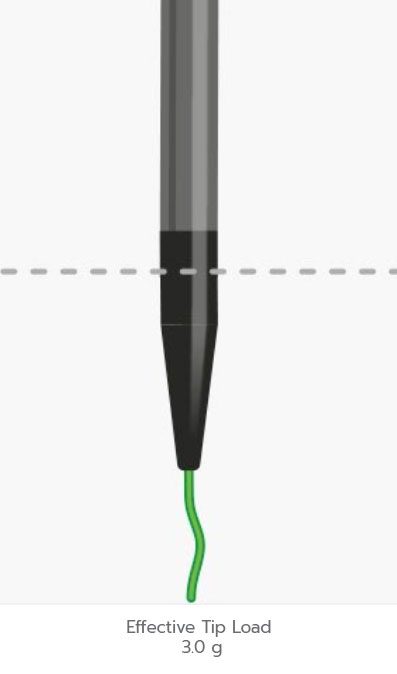
Moving the microcatheter closer to the wire tip will increase the effective tip load.
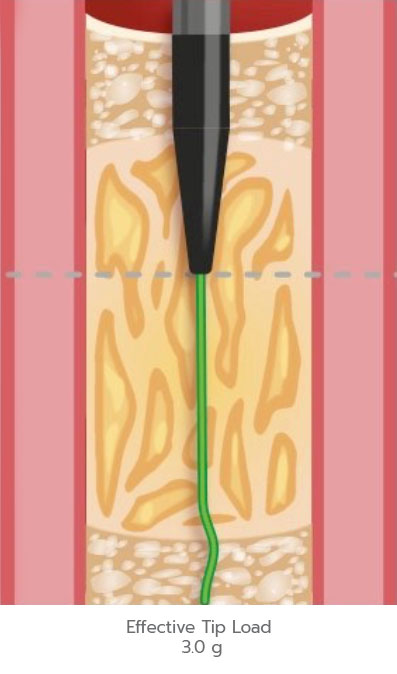
As the wire passes further through the lesion, dense plaque may collar the wire and increase the effective tip load.
CTO PCI Hawaii
best CTO Doctor Hawaii
Retrograde Solutions
CTO PCI Hawaii
Further Reading
CTO PCI Hawaii
Office Email
smasc1011@aol.com
Direct Email
cardiovascular.interventions.hi@gmail.com
Office Telephone
808 376 5340
Office Fax
808 625 4808
Coronary chronic total occlusion Hawaii, Chronic total occlusion Hawaii, CTO PCI Hawaii, Complete heart blockage Hawaii, Complete heart artery blockage Hawaii, No heart surgery Hawaii, Hybrid CTO PCI Hawaii

